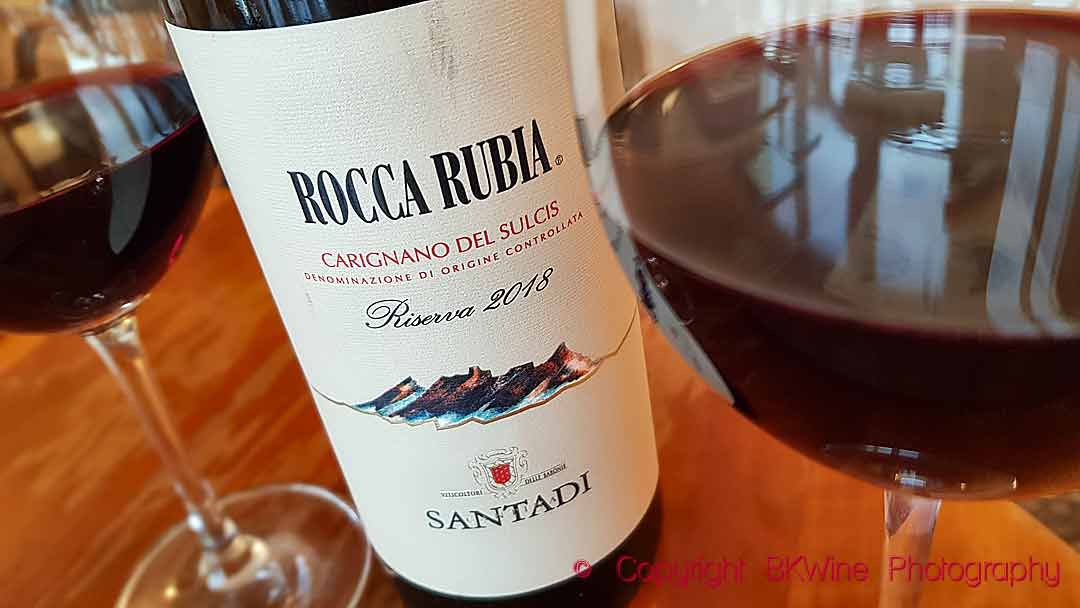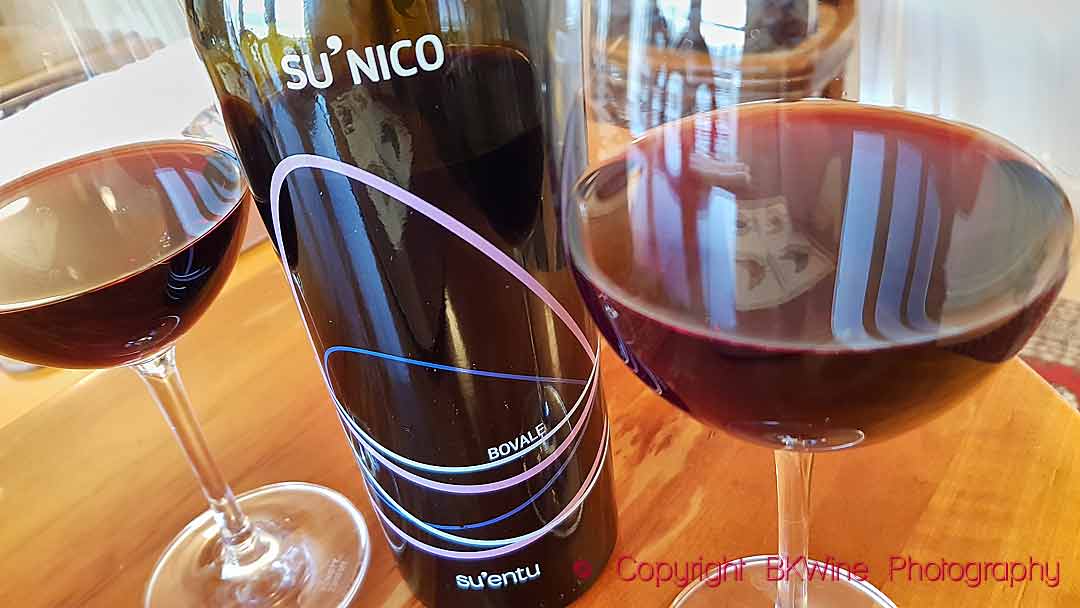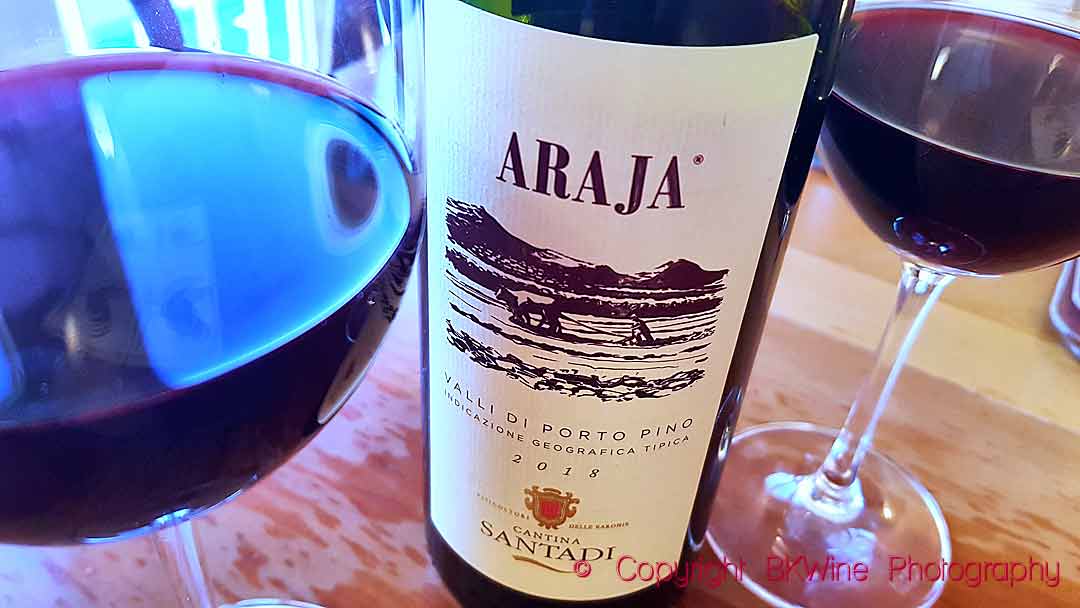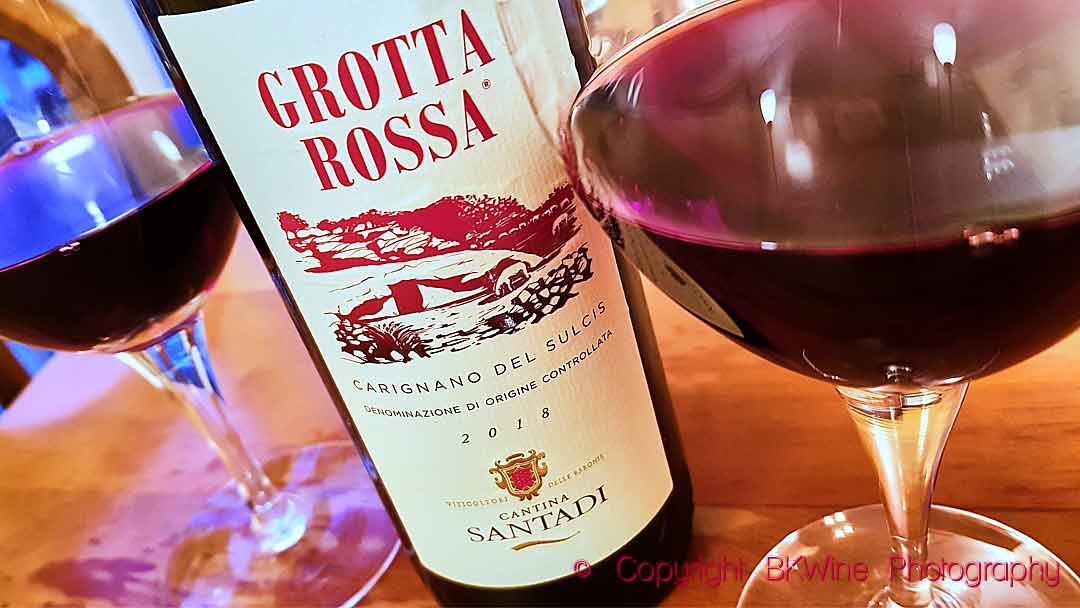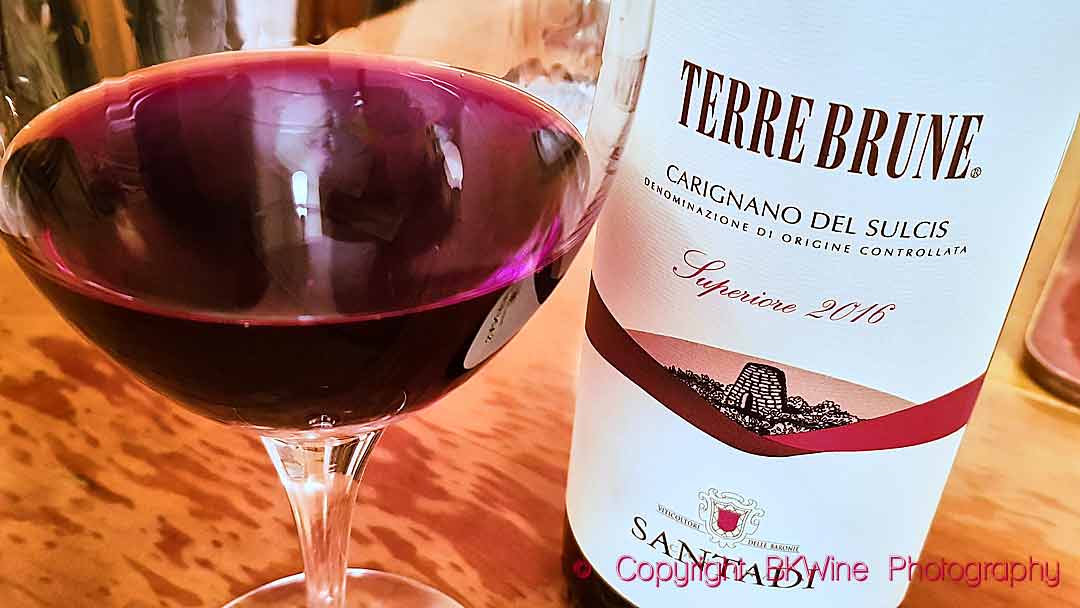Sardinia has once again impressed us. This time we have tasted wines from carignano and bovale sardo. Behind these local Sardinian names are Spanish grape varieties. Carignano is a synonym for cariñena/mazuelo in Spain (carignan in France) and bovale sardo is the same as graciano, one of the Rioja grapes.
Read our previous article about wines from Sardinia here.
Historically, Sardinia has had strong links to Aragon in northern Spain. This explains why so many of the grape varieties in Sardinia come from Spain.
This is a longer version of an article published on Forbes.com.
Carignano del Sulcis
The island’s top carignano wines come from Carignano del Sulci’s DOC, an appellation in the southwestern corner of Sardinia. This has proven to be an excellent area for carignan. The vines are old, some of them over 100 years. Many are on their own roots, so not grafted onto American rootstocks. They grow in sandy soils, an environment that the wine louse (phylloxera) do not like very much.
Carignano loves the hot climate of Sulcis. The sun shines all year round. The vines can also cope with the sometimes extremely powerful, warm winds from Africa. Carignano del Sulcis have a special character, quite different from the French carignan wines from Languedoc. In Sardinia, the wines have more generous and riper fruit aromas and softer tannins.
Among the wines we tasted was Terre Brune from Cantina Santadi, a wine considered one of the very best from Carignano del Sulcis. Cantina Santadi was founded in 1960 and was an early quality pioneer on the island. A collaboration with Giacomo Tachis, one of Italy’s great winemakers, led to great success, and the winery has continued on that path.
Bovale sardo
Bovale sardo is believed to be identical to the Spanish graciano. In Rioja, it is much appreciated by some producers. It gives an aromatic, elegant and spicy wine. In Sardinia also, it is considered to be a high-quality grape, and even though it has often been used in blends, you see more and more wines with 100% bovale sardo. The wines often have excellent acidity and sometimes also firm tannins. But a lot depends on the winemaking.
To complicate things, there is also a bovale grande in Sardinia. But that is the same grape as carignano.
Tasting
Araja 2018, IGT Valli di Porto Pino, Cantina Santadi, Sardinia
A charming, easy-drinking wine in a warm climate style with wonderfully juicy fruit. Carignano is blended with 15% sangiovese. The wine is aged in a concrete tank, not oak, to keep the fruity character.
Rocca Rubia Carignano del Sulcis Riserva 2018, Cantina Santadi, Sardinia
Intense flavours of very ripe fruit, some liquorice and herbal notes. You feel the southern sun in your glass, combined with freshness and structure. Delicious.
Grotta Rossa Carignano del Sulcis 2018, Cantina Santadi, Sardinia
An easy-drinking, fruity style with aromas of ripe, red berries. Good volume in the mouth, nice and juicy finish.
Terre Brune Carignano del Sulcis DOC, Superior 2016, Sardinia, Cantina Santadi
Magnificent wine with dark fruit, intense aroma, good balance (despite 15% alcohol) and a good structure, also some tobacco in the aromas. The hot, southern climate imbues the wine, but it still manages to be totally dry, with no sweetness at all. Excellent. It is aged for around 16 months in French oak barrels.
Nuracada Bovale 2018, Audarya, Isola dei Nuraghi IGT, Sardinia
This is an excellent wine from bovale sardo. It is a pleasant, straightforward wine with refreshing fruit, fine tannins and a certain elegance.
Su’nico Bovale 2018, Cantine Su’entu, IGP Marmilla, Sardinia
Here, too, the grape is bovale sardo/graciano. Marmilla is a small IGP located north of Cagliari. The soil is clay/limestone, and there is a constant wind. Su’entu actually means wind in the local language. Warm, ripe fruit, a juicy, lingering taste. Delicious, without being too pretentious.


